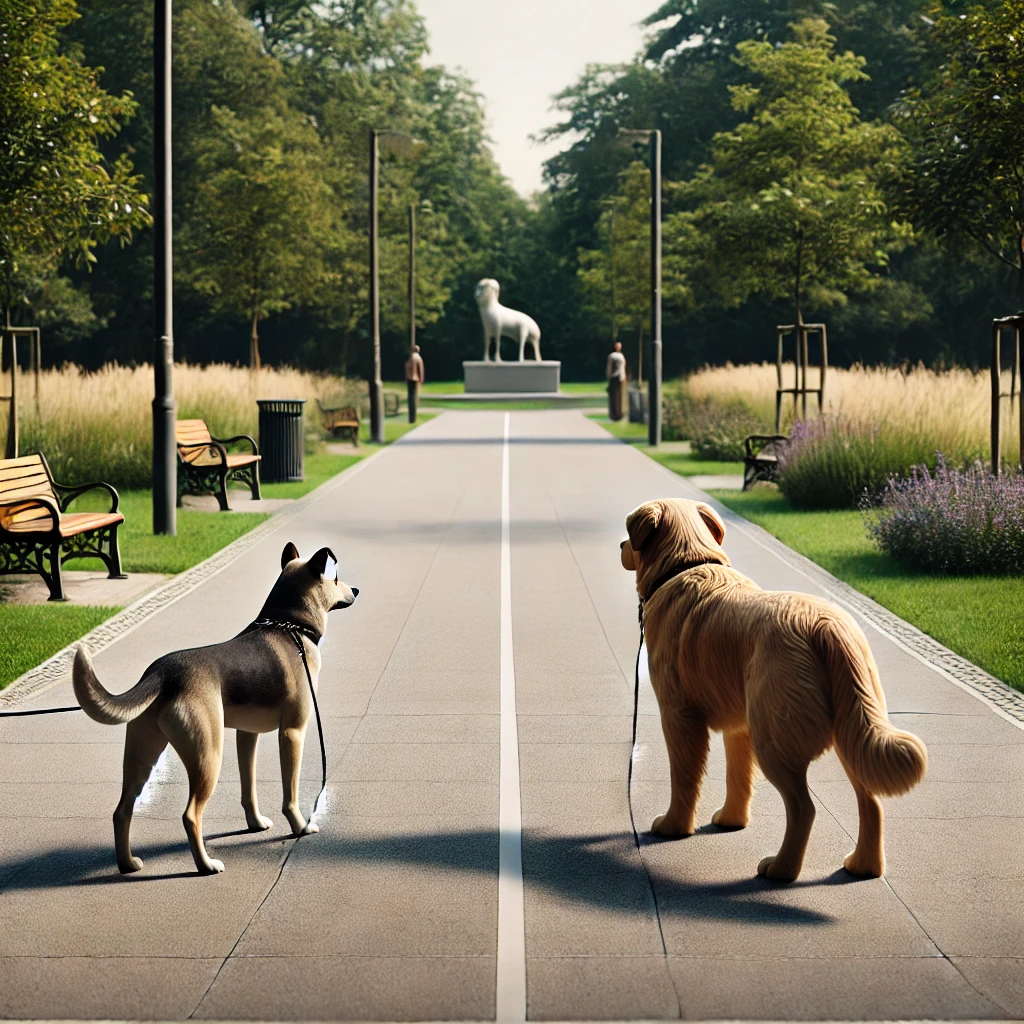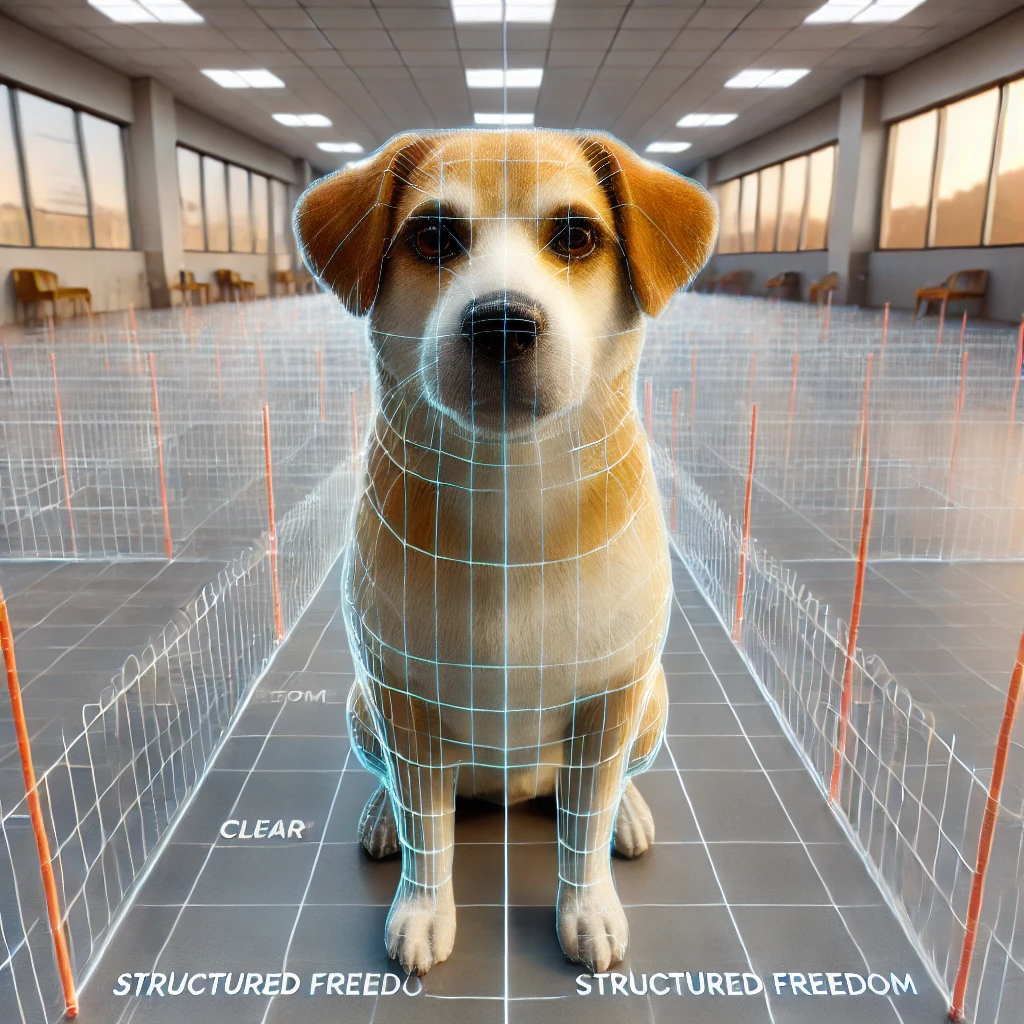Introduction:
Many people believe that a walk or run provides sufficient exercise for their dog. Contrary to this popular belief, these activities alone do not fulfill all of a dog’s energy needs. To ensure a happy, healthy, and well-behaved dog, it is essential to address their mental, physical, and emotional energies comprehensively.
Understanding a Dog’s Energy Types:
A dog’s energy can be categorized into three main types: mental, physical, and emotional. While all are important, mental energy is often the most crucial to focus on for balanced behavior and overall well-being.
Mental Energy:
Exhausting a dog’s mental energy is key to keeping them calm and receptive to training. Many people focus solely on physical activities, such as long runs, which primarily excite a dog’s mind without challenging it. Engaging in mental exercises can include:
- Puzzle Toys: These toys stimulate a dog’s problem-solving abilities and keep their minds engaged.
- Obedience Training: Regular training sessions teach dogs new commands and behaviors, providing mental stimulation.
- Interactive Games: Games like hide-and-seek or scent work can challenge a dog’s mind and keep them entertained.
Physical Energy:
Physical exercise is vital, but it should be part of a well-rounded routine that includes mental challenges. Dogs require activities that not only tire their bodies but also engage their minds and emotions. Examples include:
- Agility Training: This provides a full-body workout while requiring dogs to follow commands and navigate obstacles.
- Fetch and Tug-of-War: These games are excellent for physical exertion and can be combined with training commands to engage the mind.
Emotional Energy:
Emotional engagement is crucial for a dog’s mental health. It involves activities that foster bonding and provide comfort, such as:
- Cuddling and Petting: Physical affection strengthens the bond between a dog and their owner.
- Calm Environment: Creating a stable and serene environment helps reduce stress and anxiety.
Comprehensive Exercise Routine:
A balanced exercise routine should incorporate elements that address all three energy types:
- Structured Walks: Combine leash training with regular walks to keep your dog focused and well-behaved.
- Training Sessions: Integrate mental challenges into daily routines.
- Play Dates: Socialize your dog with other well-behaved dogs to provide both physical and emotional stimulation.
Conclusion:
To meet a dog’s comprehensive exercise needs, it is essential to go beyond mere physical activities. Incorporating mental and emotional challenges ensures a well-rounded routine that keeps your dog happy, healthy, and well-behaved. Structured activities, combined with regular training and affectionate bonding, provide a fulfilling and balanced life for your furry friend.
By adopting this holistic approach, you can create a happy and harmonious relationship with your dog, ensuring they remain well-adjusted and content.





